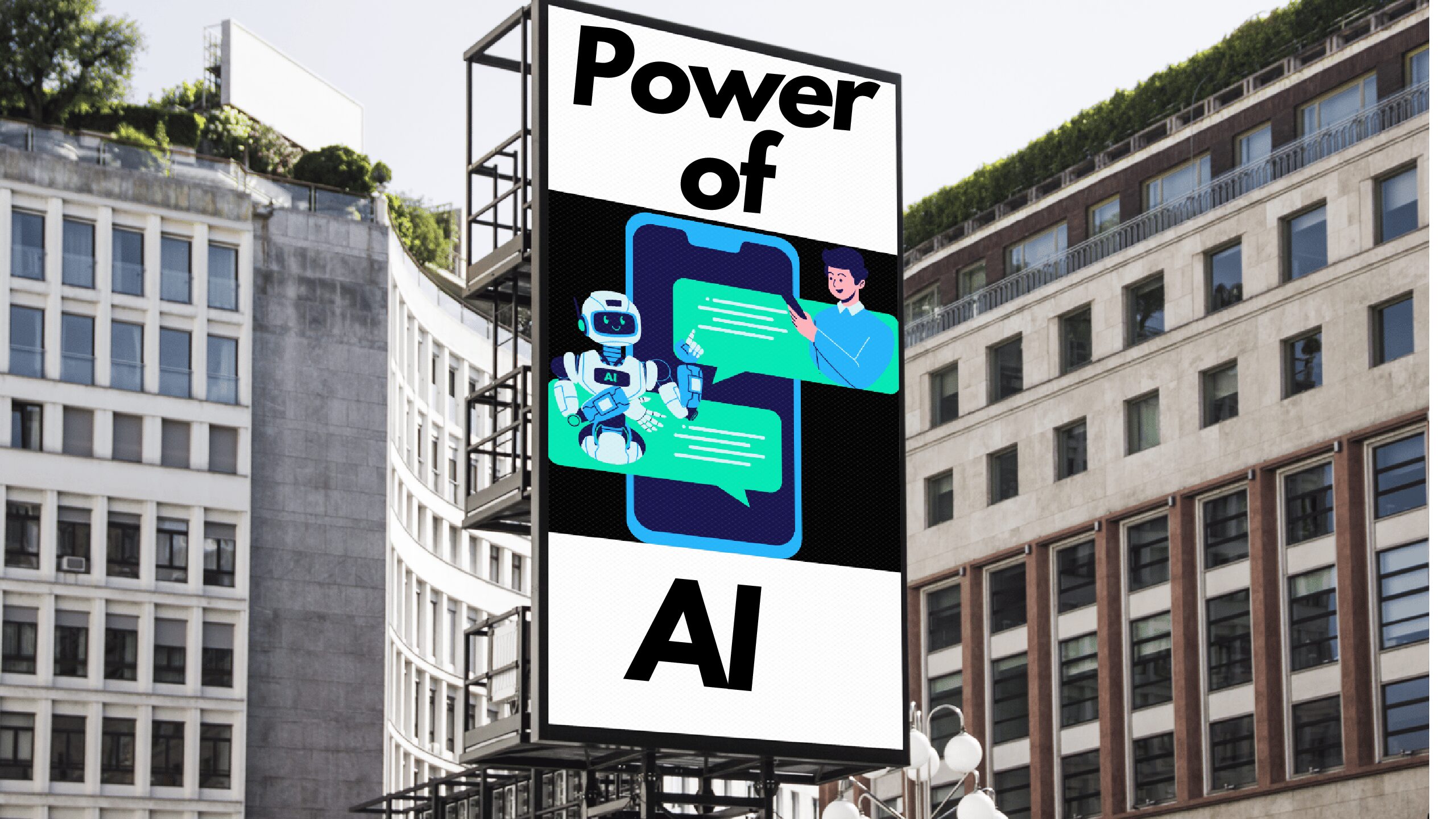Disposable Vapes – A Carcinogen Of The Planet
What are vapes/e-cigarettes?
Vaping is the inhalation and exhalation of vapour, usually from an electronic device. Most of these devices contain nicotine and have a variety of different flavours to choose from.
The original design of vapes was to reduce the use of cigarettes, however, it has gradually turned into the new modern-day cigarette.
Vape waste creates huge environmental issues:
- Increase in single-use plastics
- Increase in plastic pollution
- Unknowingly disposing of valuable Lithium-ion batteries
Single Use Plastics
Many disposable vapes in the UK retail from as cheap as £3 a vape. The accessibility and low price of the product encourage the use and discarding, without much concern.
This can and has resulted in vapes littered in public bins and the streets, contributing towards plastic pollution globally.
Plastic negatively impacts the planet, at every step of the production and distribution process.
Through the:
- Harvesting of natural gas and oil
- Pollution emitted from the production of plastic pellets
- The transportation of plastic pellets to a factory, where they will be manufactured into a product
- Distributing plastic products to either shops or factories
Plastics have their place in society, plastics are miraculously durable and versatile, and the volume of plastics we are currently producing every year is roaming our houses, offices and the environment.
This is unsustainable and has and will cause long-term detriment to the environment and our health.

Microplastics
Vapes create more microplastics.
Over time these plastics will break down and turn into microplastics which have a variety of health and environmental impacts.
Check out this post if you are interested in what the health and environmental impacts of microplastics.
Lithium-ion batteries
The Bureau of Investigative Journalism which set out to find the lithium content in a single-use vape found that each vape contains just 0.15g of lithium. Considering the scale of the waste this would mean about 10 tonnes of the metal is ending up in landfills. This is enough to make batteries for 1,200 electric cars!
Unfortunately, the demand for lithium is only set to increase as it is a key component in the manufacturing of electric car batteries.
Production of lithium ions is a very water-heavy process, in order to mine one metric tonne of lithium it takes up around 500,000 gallons of water.
Lithium is considered to be significantly more environmentally friendly in contrast to its alternative to fossil fuels.
How Should Vapes be disposed of?
According to the UK Government, vapes are classed as a waste of electrical and electronic equipment (WEEE).
Moreover, the WEEE classification means that consumers should dispose of them at a household recycling centre or at the shop where the device was bought.
Many of the public are unaware of how to discard their vapes and some feel they don’t have access to the appropriate facilities. Unfortunately resulting in litter and plastic pollution in cities and towns across the globe.
If you are unsure where to recycle your vape or have a friend that doesn’t know where to recycle their vapes refer them to this website to find their closest recycling centre, click here.
Found this post useful? You can buy me a virtual coffee to help support the site’s running costs.




